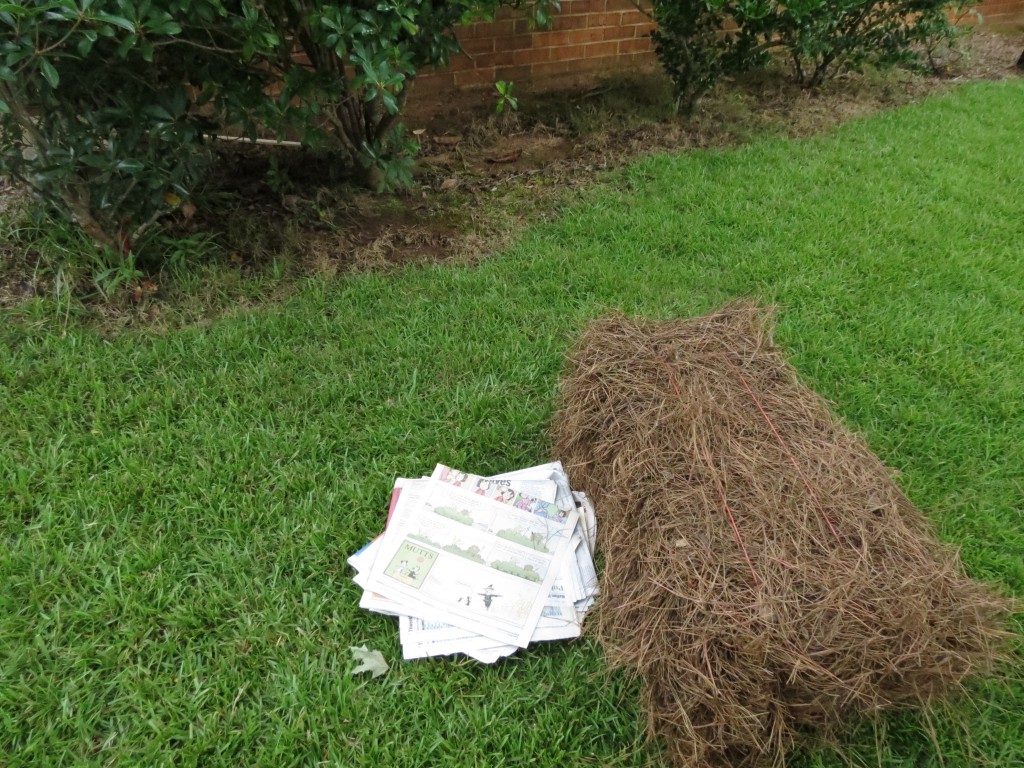Continue monitoring for plant disease. It’s too late to treat, but most won’t be detrimental at this point. Rake up any diseased foliage or clippings and dispose of them in the trash.
Avoid any extensive pruning. Broken or dead branches, however, can be removed when you see them.
Continue scouting for insects in the landscape. Consult your local Extension office for control strategies.
Fall is a great time to install shrubs and trees in the landscape! Consult your landscape plan for items that you put off planting. Have underground utilities marked before digging. You may need to make a special request at your local nursery if you are looking for an unusual or specific item.
Fall is an ideal time to conduct a soil test in your ornamental beds. Lime or sulfur can be added this fall per soil test recommendations so that the soil pH has time to adjust over the course of the winter.

Add organic mulches, such as shredded hardwood or pinestraw, in areas where it is thin. Mulch provides many benefits, such as moisture retention, winter root insulation, and weed control.
Larger-sized tree transplants can be installed as balled and burlapped plant materials become available this month.
In middle and southern parts of the state, consider preemergent herbicide applications early in the month for control of winter annuals, such as henbit, swinecress, and chickweed.



